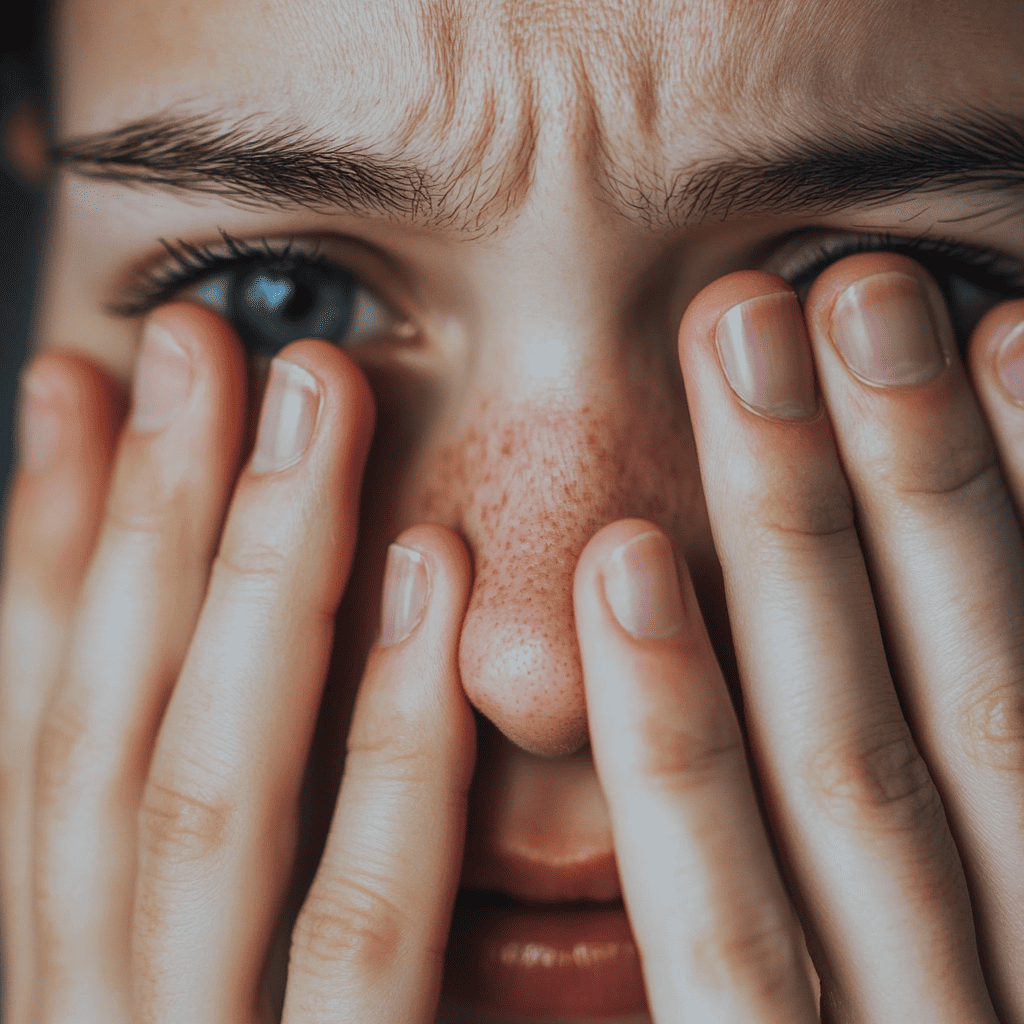 Спасибо за обращение к нам!
Спасибо за обращение к нам!
Мы получили ваш запрос.
В связи с большим количеством обращений, время ответа может составлять 1–2 рабочих дня.
Благодарим вас за терпение и понимание.
 Спасибо за обращение к нам!
Спасибо за обращение к нам!
Мы получили ваш запрос.
В связи с большим количеством обращений, время ответа может составлять 1–2 рабочих дня.
Благодарим вас за терпение и понимание.
Администратор BGN
2025.03.17
Apollo Eye Disease (Acute Hemorrhagic Conjunctivitis): Causes, Symptoms, and Treatment Methods [BGN Eye Clinic, Jamsil Lotte Tower]
Hello, this is Dr. Sae-Kwang Park, Medical Director at BGN Eye Clinic, Jamsil Lotte Tower. While many of our patients visit for vision correction, cataracts, and various eye diseases, we also receive numerous inquiries about viral conjunctivitis, including Apollo Eye Disease. Today, I’d like to briefly talk about this condition, which many people experience every year.
✅ What is Apollo Eye Disease?
Apollo Eye Disease is a type of Acute Hemorrhagic Conjunctivitis. It is an infectious disease caused by viruses such as Enterovirus 70, Coxsackievirus A24, and Adenoviruses. Due to its infectious nature, it is crucial to be cautious about its contagiousness.
✅ What Causes Apollo Eye Disease?
This disease results from viral infection. While we’ve mentioned the responsible viruses above, here’s how the infection is typically transmitted:
1️⃣ Contact with an infected person’s hands: Direct transmission via hands that have touched the eyes
2️⃣ Contaminated items: Indirect transmission through towels, handkerchiefs, doorknobs, keyboards, etc.
3️⃣ Public spaces: Direct or indirect transmission through schools, workplaces, public transport, and swimming pools
4️⃣ Respiratory droplets: Possibility of droplet transmission via coughing or sneezing in public places
Symptoms usually appear within 24 to 48 hours of infection. Because of its high infectivity, Apollo Eye Disease can spread rapidly in crowded environments like schools and offices.
✅ What Are the Main Symptoms?
🟢 Early Symptoms
✔ Starts in one eye and quickly spreads to both
✔ Redness and conjunctival hyperemia
✔ Foreign body sensation, itching, stinging
✔ Increased tearing and eye discharge
🔴 Severe Symptoms
✔ Hemorrhage in the white of the eye (hemorrhagic conjunctivitis)
✔ Eyelid swelling
✔ Severe pain and light sensitivity (photophobia)
✔ Temporary vision impairment
Though symptoms appear suddenly after infection, they usually improve within a week.
✅ How Is Apollo Eye Disease Treated?
Since Apollo Eye Disease is caused by a virus, there is no specific treatment, and it usually resolves naturally within 1 to 2 weeks. However, to ease symptoms and prevent secondary infections, the following measures are recommended:
Symptom Relief
✔ Use of artificial tears: for dryness or foreign body sensation
✔ Cold compresses: to reduce swelling and discomfort
✔ Antibiotic eye drops (if prescribed): to prevent bacterial co-infection
Precautions
✔ Avoid rubbing your eyes: may worsen infection
✔ Wash hands frequently: to prevent transmission
✔ Do not share towels, pillows, or cosmetics: to stop the spread
✔ Avoid swimming pools and public spaces: to protect others
✅ Prevention and Early Symptom Management Are Key
Because of its highly contagious nature, first-line prevention like hand washing, maintaining personal hygiene, and avoiding contact with infected individuals is essential. If symptoms do develop, visiting an eye clinic for proper diagnosis and care can help prevent unnecessary discomfort.
Seek medical attention if:
✔ You have severe pain or vision loss
✔ There is significant swelling or persistent bleeding
✔ Symptoms last more than a week or worsen
✔ Eye discharge becomes excessive or turns yellow with pus
Many people have experienced Apollo Eye Disease during childhood—some even hoping to catch it to get out of school. But now, no one wants to go through this discomfort unnecessarily. Early action and proper care are the best ways to protect your vision and prevent further complications.